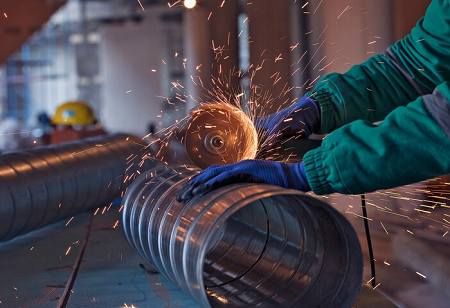
According to a report by Global Energy Monitor (GEM) released on Tuesday, India’s strategy to boost its coal-based steel production capacity could disrupt the nation’s intention of achieving net-zero carbon emissions by 2070.
India, the globe’s second-largest crude steel producer, plans to increase its capacity to 300 million metric tons by 2030, from the present 180 million metric tons.
"According to GEM, a US-based research organization monitoring global energy initiatives, India’s ongoing investments in coal-based steel production and an updated group of emissions-intensive blast furnaces threaten the nation’s goal of reaching net zero by 2070 and could leave the country with more than $187 billion in stranded assets."
India’s Prime Minister Narendra Modi has established 2070 as the goal for reaching net zero emissions, twenty years later than scientists suggest to prevent severe climate consequences.
However, an effort to increase steel production to satisfy the growing demand fueled by India's swift economic development and heightened infrastructure investment could elevate greenhouse gas emissions.
According to GEM, India possesses the largest pipeline for steelmaking capacity development globally, with announced projects or those currently being constructed amounting to approximately 258 million metric tons annually.
GEM stated that at present, 85 percent of the energy utilized in the steel industry is sourced from coal. Also it stated, steel manufacturers in the globe's rapidly expanding major economies emit 2.55 metric tons of carbon dioxide for every ton of crude steel created, which is 38 percent above the global average of 1.85 tons.
Steel production utilizing coal-based blast furnaces constitutes 69 percent of steel capacity in different phases of development, while electric arc furnaces represent 13 percent, it added.

